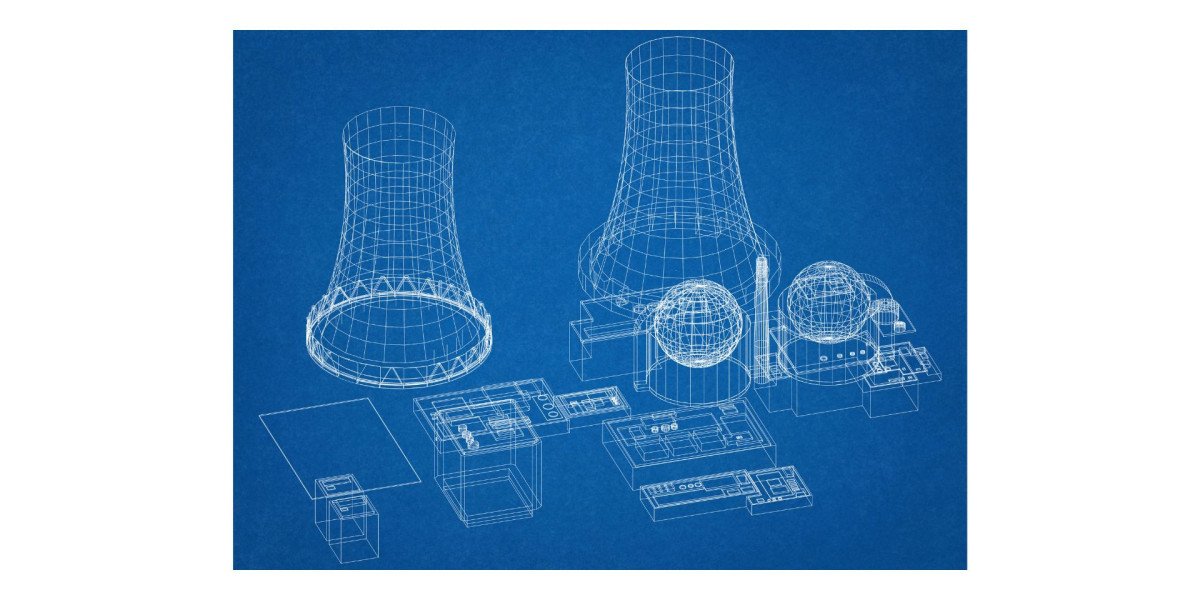Blockchain technology is emerging from its cryptocurrency origins to fundamentally reshape business operations across finance, supply chain, healthcare, and beyond. Its capacity for immutable, transparent, and decentralized data management is unlocking unprecedented opportunities for efficiency, trust, and innovation. As enterprises increasingly adopt blockchain for real-world applications, the technology is poised to redefine digital infrastructure and asset management worldwide.
According to Straits Research, the global blockchain technology size was valued at USD 35.68 billion in 2024 and is projected to reach from USD 65.08 billion in 2025 to USD 7973.49 billion by 2033, growing at a CAGR of 82.4% during the forecast period (2025-2033). This staggering growth reflects broadening adoption fueled by enterprise readiness, regulatory frameworks, and complementary innovations in AI and decentralized finance (DeFi).
Key Blockchain Trends Transforming Industries
Modular Blockchain Architectures for Scalability
Emerging modular blockchain architectures decouple core functions like consensus, execution, and data availability to overcome scalability limits of monolithic blockchains. Networks such as Celestia and Polygon 2.0 offer composable and customizable blockchain layers, enabling faster deployment with tailored security and privacy features. This shift accelerates innovation and reduces infrastructure costs for developers and enterprises.
Zero-Knowledge Proofs (ZKPs) Enhance Privacy and Compliance
ZKPs allow validation of transactions without revealing sensitive data, bolstering privacy and regulatory compliance. Leading Layer 2 solutions like zkSync Era and Starknet process scalable, efficient, and private transactions on Ethereum. Initiatives like Visa’s ZK-based auto-payments demonstrate real-world use in secure, recurring payments without exposing user information.
Real-World Asset (RWA) Tokenization Unlocks Liquidity
Tokenizing tangible assets—including real estate, commodities, bonds—transforms illiquid holdings into tradable digital tokens, increasing accessibility and fractionality. Notable projects include BlackRock’s BUIDL Fund tokenizing US treasuries and HSBC’s tokenized gold trading platform. These models bridge traditional finance with blockchain’s transparency and speed.
Enterprise Blockchain Adoption and Tokenomics
Private, permissioned blockchains are gaining traction in supply chain management, healthcare data privacy, and identity verification. Enterprises leverage token economies (tokenomics) for operational efficiency, customer engagement, and decentralized governance. This trend aligns blockchain incentives with business objectives, making enterprise solutions more sustainable and scalable.
Central Bank Digital Currencies (CBDCs) Accelerate Digital Payments
Multiple countries launched or piloted CBDCs in 2025, promoting secure, efficient, and inclusive monetary systems. CBDCs reduce cross-border transaction frictions, aid monetary policy, and integrate with existing banking infrastructures. Financial hubs like China, the UK, and the Bahamas lead CBDC rollouts, signaling mainstream blockchain adoption in national finance.
AI and Blockchain Synergies Drive Innovation
Convergence of AI and blockchain creates decentralized AI platforms that protect data integrity, automate complex smart contracts, and enhance fraud detection. AI analytics improve blockchain governance, supporting transparent and auditable decision-making in decentralized finance and beyond.
Sustainability and Green Blockchain Initiatives
Energy-efficient consensus algorithms such as Proof of Stake (PoS) and Proof of Authority (PoA) dominate 2025 deployments, dramatically reducing blockchain’s carbon footprint. Organizations increasingly adopt carbon offsetting and eco-friendly mining approaches, improving public perception and regulatory compliance.
Leading Players and Regional Developments
Ethereum Foundation (Global): Innovator behind Ethereum’s transition to PoS and pioneering smart contract platforms supporting DeFi and NFTs.
Polygon Technology (India/USA): Leader in Layer 2 scaling solutions and modular blockchain ecosystems with broad developer adoption.
Consensys (USA): Enterprise blockchain software provider specializing in DeFi infrastructure and developer tools.
IBM Blockchain (USA): Offers tailored blockchain solutions across supply chain, healthcare, and finance sectors integrating AI capabilities.
Ripple Labs (USA): Focuses on cross-border payment blockchain solutions linked to CBDC and enterprise finance integration.
Binance (Global): Major exchange and ecosystem supporting crypto liquidity, DeFi, and blockchain innovation.
Europe: Emphasizes regulatory frameworks, digital identity, and green blockchain development backed by EU digital strategies.
Asia-Pacific: Experiences rapid expansion of blockchain startups, CBDC pilots, and government-led blockchain infrastructure, led by China, India, South Korea, and Singapore.
Recent Developments and Strategic Initiatives
Early 2025: Celestia’s mainnet launch marks a milestone in modular blockchain adoption enabling customizable consensus and data availability layers.
Q1 2025: Polygon 2.0 launched a restructured modular blockchain integrating ZK-rollups and cross-chain interoperability driving multi-chain ecosystems.
Visa tested zero-knowledge proof-based automated payment systems enhancing privacy-preserving DeFi transactions.
HSBC initiated blockchain-based tokenized gold trading platform enabling 24/7 real-time settlement and market transparency.
Several central banks accelerated CBDC pilot programs in 2025, enhancing blockchain’s role in national monetary systems.
IBM announced AI-blockchain integrated smart contracts platform, streamlining enterprise automation and compliance.
Outlook and Challenges
Blockchain’s future lies in overcoming technical barriers such as interoperability, privacy, and scalability while aligning with evolving regulatory environments. The synergistic blend with AI, DeFi, and CBDCs is driving blockchain from niche crypto applications to foundational global infrastructure.
Challenges include navigating cross-jurisdictional regulations, enhancing user experience, and ensuring environmental sustainability. Continued innovation in modular architectures, privacy tech, and digital asset ecosystems will catalyze broader adoption and unlock transformative economic potential.








